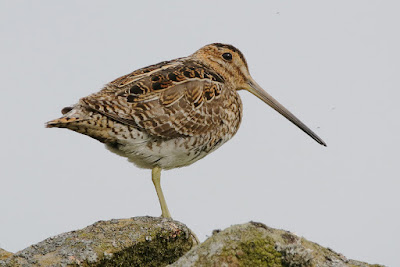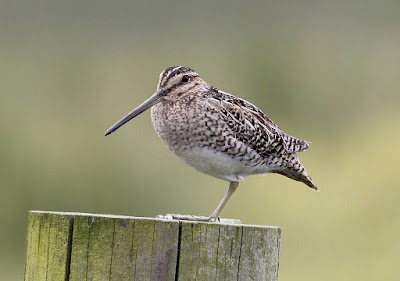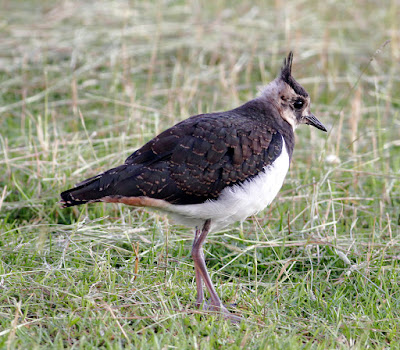Sorry, there’s no local news today. Instead a couple of snippets for those interested in protecting birds of prey followed by a cautionary tale about a twitch that never was.
Raptor Persecution
Positive news from Scotland on protection of birds of prey as the Scottish National Party (SNP) very recently adopted the policy of supporting the licensing of shooting estates.
On Saturday 2nd December at the National Council in Perth, SNP activists voted in support of a resolution calling for the licensing of shooting estates to be introduced in Scotland. This made it party policy to support licensing for driven grouse estates and adds weight to the campaign for the licensing of all shooting estates in Scotland. The Scottish Government recently set up an expert group to consider issues around grouse moors, including licensing.
This follows increasing evidence that self-regulation by the gamebird shooting industry has failed. There have been frequent incidents of illegal killing of protected birds of prey, culls of Mountain Hares and repeated damage to vulnerable peatland habitats through increasingly intensive management of some areas of moorland aimed at producing ever-larger grouse ‘bags’ for shooters.
Mountain Hare - Lepus timidus
SNP’s National Council member Jennifer Dunn said: “I’m delighted that fellow delegates voted in favour of shooting estate licensing. Raptor persecution is a huge issue that many people care deeply about. Although the conference floor cannot dictate policy to the Government, I’m hopeful that ministers will listen to party activists and introduce tough new policies to combat wildlife crime.”
The full text of the motion reads: “Council notes with concern that wildlife crime, particularly raptor persecution, continues to damage Scotland’s reputation, natural heritage and tourism industry. Council further notes that a recent report by Scottish Natural Heritage found that a third of satellite-tagged Golden Eagles disappeared in suspicious circumstances in and around grouse moors.”
Although there is still a long way to go conservationists in England and Wales will watch closely the developments to see if the Scottish Parliament adopts this recommendation into law. Such a move would hopefully pave the way for similar legislation south of the border where raptor persecution is endemic.
Gamekeeper
Fake Birds?
“1st May 1968 - The bird was easily found, in the exact spot that Mr Tarry had described. It was quite approachable. This was the first record of this mainly sedentary African and Middle Eastern species for Britain and Ireland. This large 17–18 cm long wheatear breeds in stony deserts from the Sahara and Arabia across to Iraq where it is largely resident.”
Little wonder then that there was a twitching frenzy on 1st December 2017 when the potential Second for Britain turned up in a Scunthorpe garden - a White-crowned Black Wheatear Oenanthe leucopyga.
Following online discussion and some thoughts that the exotic Scunthorpe wheatear might be an escape or even a hoax, parking areas for twitchers were organised, just in case. Online chat came up with a few recommendations and advice for those interested in in the twitch, but one or two comments were less than enthusiastic.
“It's at a church - please be considerate. They're not used to crowds.”
“Hi Folks. I am the person who posted the sighting of the bird. I took the photos yesterday morning. It is not a hoax and I am getting a bit fed up of such comments especially on Twitter by some which I find unnecessarily offensive.”
"Yours for as little as a hundred pounds".
"Yours for as little as a hundred pounds".
"Do not even approach the gate or the lady inside the bungalow will come out swearing and literally set her dogs loose on you.
Not one of life's cheeriest souls."
Nonetheless a pack of twitchers assembled early on the Saturday morning of 2nd December for the potential tick. The bird obliged, maybe a little too well, showed to within feet and also accepted meal worms thrown by the admiring crowd.
Nonetheless a pack of twitchers assembled early on the Saturday morning of 2nd December for the potential tick. The bird obliged, maybe a little too well, showed to within feet and also accepted meal worms thrown by the admiring crowd.
It wasn't long before a local came forward and admitted that the wheatear had escaped from his aviary. Hours later, a member of the assembled crowd was able to recapture the bird by throwing his hat over it and the wheatear returned to its cage as the assembled throng went back to studying their pagers.
The wheatear’s erstwhile keeper showed some of his other birds. He had a male Desert Wheatear, a male Siberian Rubythroat, a male Stonechat, a male Blackcap and a male Lapland Bunting in aviaries in his garden. In the past he had bred things like Forktails and Pittas as well as many other softbill species, but being nearly 80 years old he advised that he was gradually giving up keeping birds. It was perhaps the best idea he’d had for a while since he also admitted that he had lost two White-crowned Black Wheatears in the previous few weeks.
A few thoughts. Maybe as bird lovers we should be concerned that a White-crowned Black Wheatear was in UK captivity in the first place? Who had imported the bird and probably others? Which country did it come from and how did it get into the UK? Perhaps we should also question the origins of many birds in captivity given the Chinese and SE Asian illegal trade in wild birds and the laxity displayed in the supposed regulated cagebird trade in parts of our beloved EU, most notably Holland and Belgium?
Meanwhile, even a cursory look on the Internet reveals that as well as the expected parrots and lovebirds, there is a healthy UK trade in pipits, larks, finches, plovers, doves, raptors, owls, ducks and geese. I am told that Bearded Tits are a favourite bird of aviculturists and that even your garden Robin may be an impostor.
As birders we should always question the origins of any bird we are expected to twitch and initially at least, err towards the sceptical point of view rather than accept everything at face value before we jump in the car on a global warming jaunt. After all, saving the planet from extinction will surely benefit birds as well as any bird watchers left behind?
So good friends, take care out there in the Birding Jungle. It’s a perilous place full of traps and pitfalls designed to catch the unwary soul. Also, I am reliably informed that there are a good number of escaped and potentially dangerous cockwombles on the loose. Don’t worry unduly as they are easily identified by their habitual carrying of a small piece of digital equipment, easily neutralised by you throwing the black box over the nearest hedgerow.
Linking this post to Anni's Birding.
Linking this post to Anni's Birding.


















































































